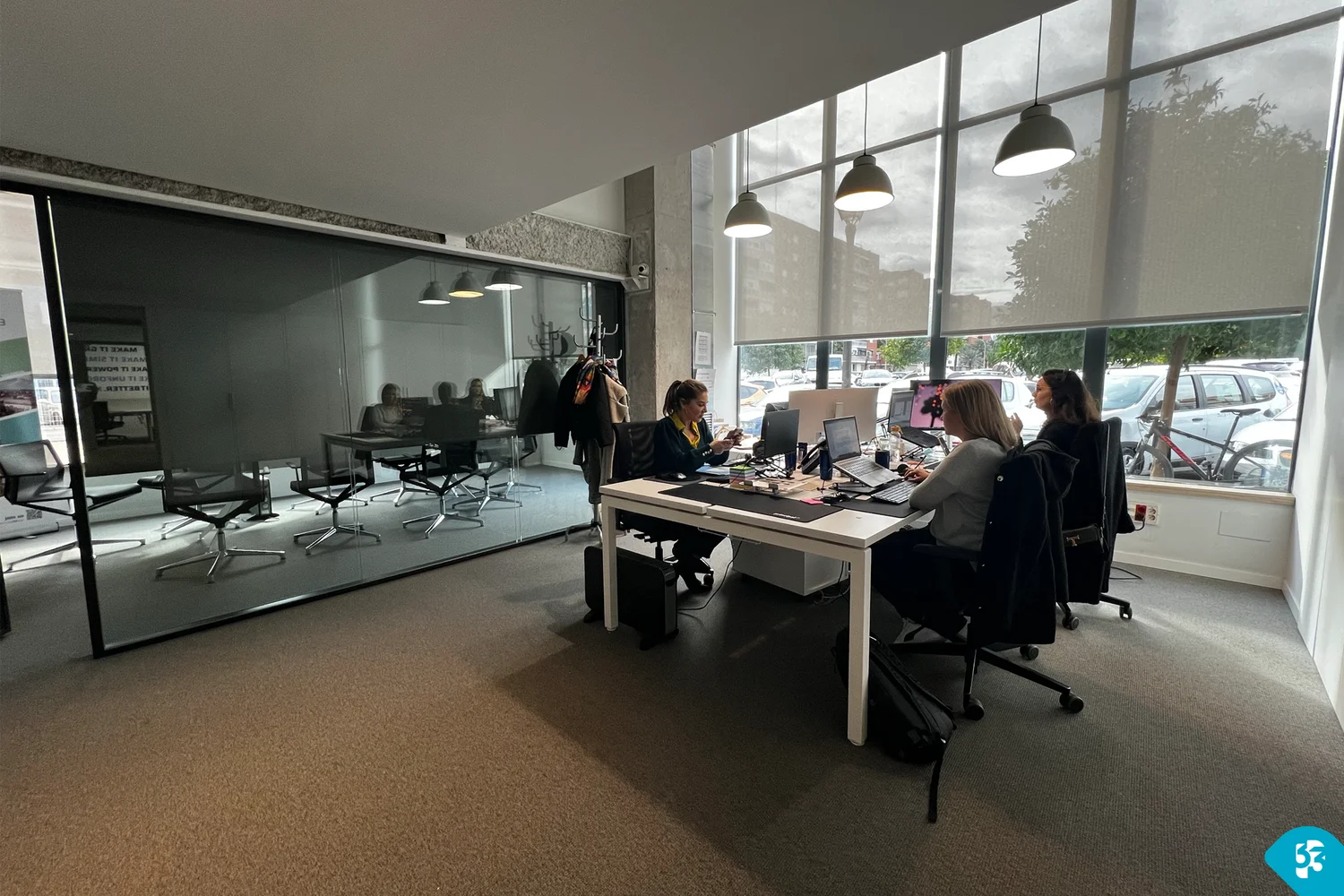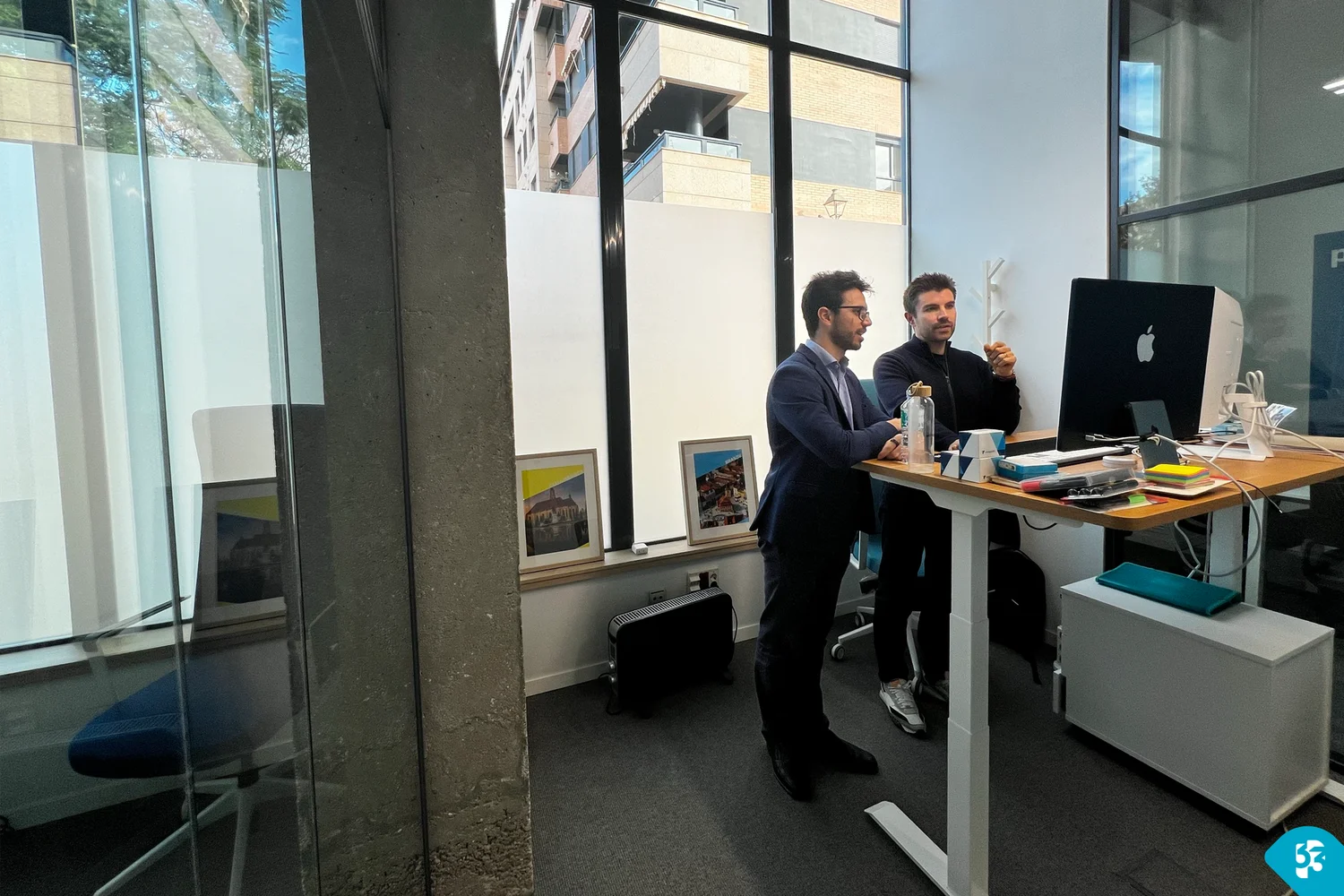“Keep the core clean” is one of the most repeated principles in SAP S/4HANA projects. But in reality, companies often face a tough challenge:
How can you innovate, adapt to business changes, and stay agile—without breaking the SAP standard?
This article explains how to balance Clean Core and innovation, using scalable architecture and tools like SAP BTP to support real-world SAP strategies, especially in complex or regulated environments.

1. What Does “Clean Core” Really Mean?
A clean SAP core:
- Avoids direct modifications to SAP standard code
- Uses external extensions (cloud-based or side-by-side)
- Allows faster upgrades and better system stability
- Keeps TCO low over time
- Aligns with SAP’s long-term support model
But Clean Core doesn’t mean limiting your business. It means innovating outside the core — with the right tools.
2. Why Clean Core Is Often Broken (Unintentionally)
Many companies face operational pressures:
- Urgent local customizations
- Regulatory compliance changes
- Legacy system dependencies
- Business requests for fast automation
Without clear governance, these needs lead to core modifications, increasing technical debt and risk.
3. The Real Balance: Innovate Without Modifying the Core
The best approach is not choosing between Clean Core or Innovation — it’s strategically combining both.
You innovate outside the core, using tools designed for flexibility:
- SAP BTP (Business Technology Platform)
- Side-by-Side extensions
- SAP Build / AppGyver
- Public APIs & Events
- SAP Integration Suite
So bleibt das System erweiterbar – ohne seinen Kern zu gefährden.
4. What Should Be Inside vs Outside the Core?
Suitable for side-by-side extensions:
- Custom front-end apps
- Approval workflows
- Portals and user dashboards
- Country-specific validations
- Lightweight automations
Should remain in the core:
- Standard transaction logic (FI, MM, SD, IS-U)
- Master data validations
- Core business processes critical to system integrity
5. Risks of Breaking the Clean Core
- Upgrade delays and conflicts
- Higher maintenance costs
- Lower system performance
- Incompatibility with SAP roadmap
- Increased vendor lock-in and support complexity
6. Benefits of Respecting Clean Core (With SAP BTP)
| Benefit | How SAP BTP Helps |
| Lower TCO | Less rework and reimplementation |
| Faster innovation | Decoupled and agile development |
| Upgrade readiness | No direct core interference |
| Better compliance | Traceable, auditable extensions |
| Cloud scalability | Architecture ready for global growth |
7. How principal33 Helps You Stay Clean (and Innovative)
At principal33, we support German and international SAP clients with:
- Clean Core readiness assessments
- Technical architecture design for controlled innovation
- Full deployment of SAP BTP for extensions and integrations
- Developer enablement for clean-core compliance
- Governance monitoring and upgrade preparation
We help you build scalable SAP environments that stay fast, safe, and flexible.
Conclusion
Innovation doesn’t have to compromise system stability.
With Clean Core and SAP BTP, you can:
- Respect SAP’s long-term roadmap
- Scale securely
- Deliver faster solutions
- And maintain audit and compliance integrity
The key is governed innovation.
principal33 helps you strike the right balance — and stay ahead without technical debt.





